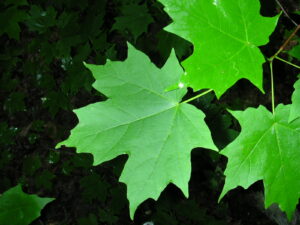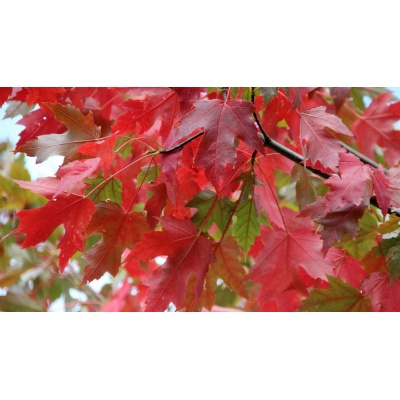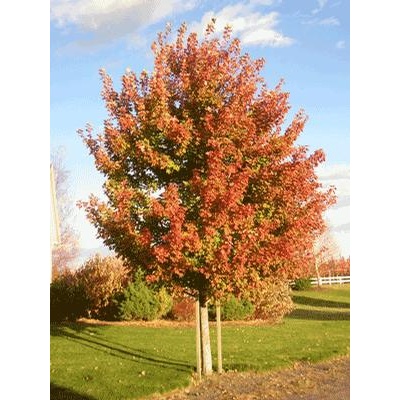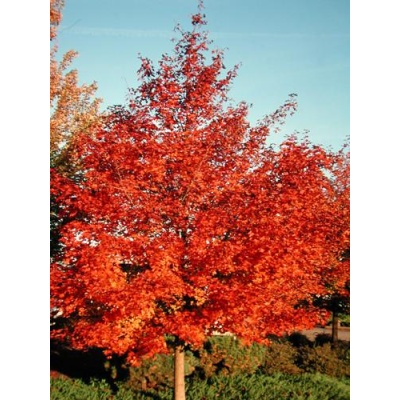Description
 Sugar Maple
Sugar Maple
Acer saccharum
Description & Overview
The Wisconsin State Tree, Sugar Maple is one of the hardiest and long lived of all the maples. Valued commercially for timber and syrup production, this tree is a staple of Wisconsin woodlands and fall color. With fall color ranging from gold to orange and scarlet, Sugar Maple is a sight to behold! May also be known as Hard Maple, Rock Maple.
Core Characteristics
Suggested Uses:
With its stately form and beautiful fall color, Sugar Maple is sure to make a statement when sited correctly. Do not plant in areas with heavy salt spray, high levels of air pollution, or compacted soils. Its mature size should also be accounted for, and should be sited at least 20 feet away from structures or power lines. Sugar Maple is excellent as a specimen or shade tree, and can be used to great effect along a driveway or path to make an allée.




Reviews
There are no reviews yet.